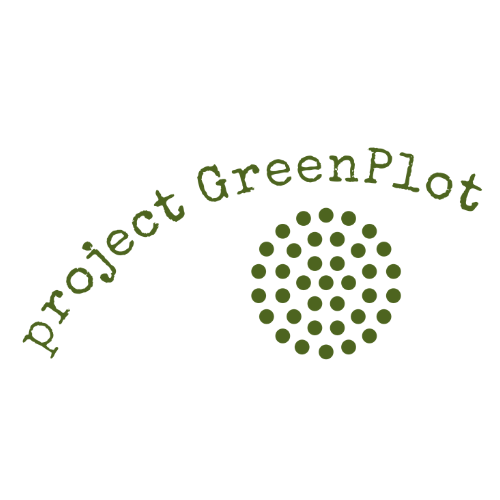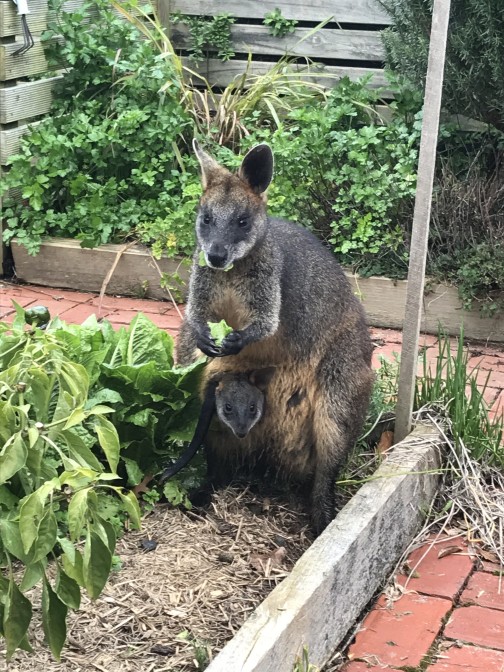
Connect The Plots & Project GreenPlot
projectgreenplot.org/@Project-GreenPlot-113792023746561pages/category/Community-Service/Connect-the-Plots-100919251568196/
Connect the Plots was formed in June 2019 in response to the challenge of climate change, inviting local women to monthly potluck lunches.
Project GreenPlot aims to invite local gardeners to set aside just 1 square metre of their land to grow supplied seeds or seedlings and eventually harvest fresh produce for local distribution.
These sessions had the sole purpose of exploring what actions we could take locally in our beautiful Corner Inlet region of South Gippsland – down near Wilson’s Promontory. Founder Elizabeth Collins values highly the wisdom and connections of those women whom we now call ‘Plotters’ as she sets about making sh*t happen.
There were other plans in the pipeline but when the pandemic hit, it was obvious that the moment had come to focus on food security and reducing food miles and wastage. Like many other areas around the nation, the shelves were bare of seeds and seedlings.

Wallaby and baby enjoying a Plotter’s cos lettuce
Project GreenPlot was named in reference to an architectural term, the Green Plot Ratio or GPR. This mathematical calculation weighs up the total area of leaves on plants that surround the built environment, in order to balance the cooling effect of plants with the thermal mass of buildings. If we are to turn the climate change ship to a better course, we’ll need to pay attention to the maths.
Only recently launched in June 2020, Project GreenPlot aims to invite local gardeners to set aside just 1 square metre of their land to grow supplied seeds or seedlings and eventually harvest fresh produce for local distribution by the local Manna Gum Community House. It’s a small plot to set aside and may seem like it doesn’t amount to much – but it’s also very easy to calculate the collective area of land being used for what is essentially urban agriculture. In these first two months we’ve gone from 0 to 30 sq metres and we’ve barely got started. We’re aiming for 100 sq m by December.
What Elizabeth has found is that the concept is an easy one for people to get their heads around and it doesn’t require funding for more raised garden beds in community spaces. It also means that the more reserved community members can do their bit without having to gather at a certain time, in a certain place – they can still feel like they’re part of a group but in an easy to manage way. Most people who enjoy growing veggies can set aside 1 sq m. Seedlings and seed handouts are coordinated so that we have a good variety going at any one time. Plotters like the idea of it coming back to a central hub for distribution to those doing it tough – and although homelessness is not seen on the streets around here, there are over 900 people in the area who have no permanent lodgings.
Another focus is to support low-income households or novice gardeners to get a garden established, supplying a Starter Pack that takes advantage of our rural setting: manure compost from a local dairy farmer, old hay for mulch from another farmer up in the hills and help with transporting free chip mulch from the local transfer station. A wire frame to stop birds flicking out newly planted seedlings, a cutting of comfrey, a small batch of worms and compost to inoculate a new compost bin with all important microbes are just some of the items. And, essentially, access to free local gardening mentors who are ready to give advice that is appropriate to our seasons, our weather.
Plot by plot, it’s coming together.